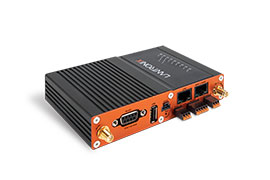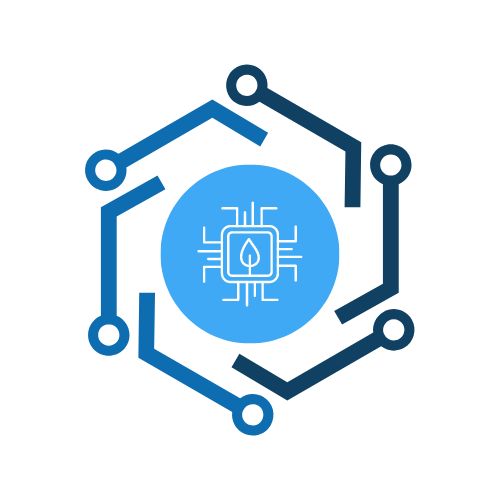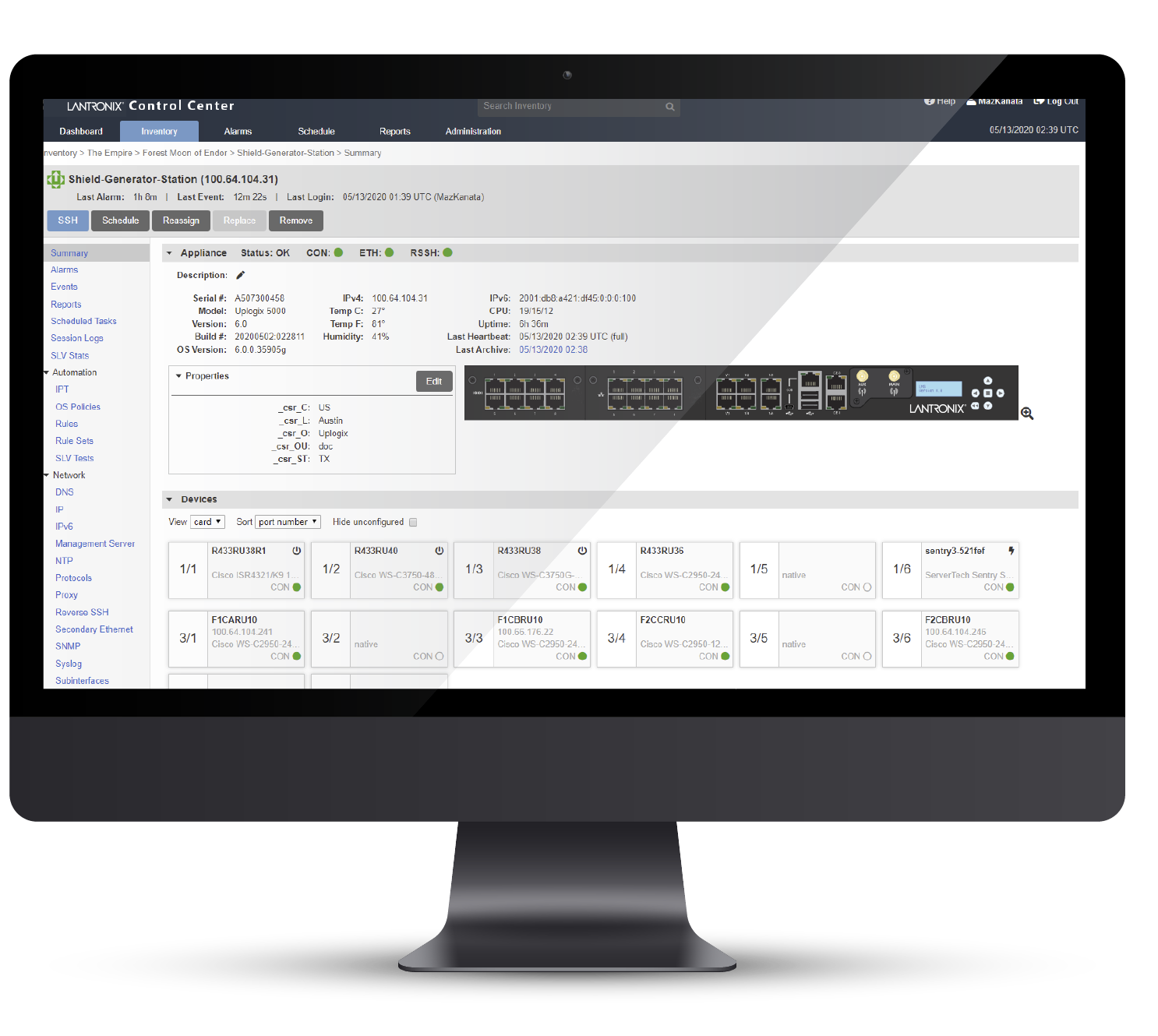Fiber optic cabling has proven to be a great substitute for copper, providing better, faster, safer data transmission capabilities. However, since converting an entire system to fiber all at once is generally not financially feasible, the solution is to integrate fiber into existing copper networks, as needed.
Fiber-to-the-desktop (FTTD) technology is especially valuable for desktop applications where wireless connections to the network cannot be utilized, and where copper is seen as inadequate.
Many enterprises, financial institutions and government agencies that are looking for increased network security, speed and efficiency, have been installing FTTD links to extend wireline connectivity to their computers, laptops, tablets, thin clients, IP phones and printers.
Benefits of Fiber
A key reason for organizations to integrate fiber-to-the-desktop applications, is that fiber offers numerous advantages over copper-based connections:
- Security: Fiber cable reduces the risk of data leakage and disruptions because it is shielded from electromagnetic interference (EMI) and radio frequency interference (RFI). Copper cabling, on the other hand, emits electromagnetic signals that can create interference and enable hackers to access unprotected data.
- Throughput: Fiber has a higher data throughput capacity than copper, allowing faster network speeds.
- Bandwidth/Reliability: The flexible capacity of fiber cable means that bandwidth and reliability are guaranteed, even as demand for data sharing grows.
- Affordability: The costs to manufacture and install fiber cabling continue to decrease, as usage continues to rise. In addition, ongoing maintenance costs for fiber networks are much lower than for copper.
- Future Proofing: Installation of fiber cabling helps ensure that communication networks will keep pace with network traffic growth. It also provides support for future 10 Gigabit data rates and new network applications.
Environments Perfect for FTTD Deployment
Organizations may have multiple circumstances where fiber-to-the-desktop technology is imperative. Some environments in which to deploy FTTD are:
- High security networks
- Virtual networks using thin clients
- LAN networks with extended distances to workstations
- Locations where power is limited or unavailable
- Businesses enhancing bandwidth availability
- Operations moving data at high transmission rates
How to Implement FTTD Technology
There are several types of products that you can use for fiber-to-the-desktop applications. One is a network interface card (NIC), which can be installed inside of a computer or thin client for a straight fiber connection. A second product is a stand-alone media converter that can be placed behind the desk or PC to create an external fiber connection from the RJ-45 copper Ethernet port of the attached system or VoIP phone. A third product is a USB to fiber network adapter that works with laptops, notebooks, tablets, PCs, and thin clients by connecting through the USB 2.0 port.
To learn about the extensive portfolio of fiber-to-the-desktop products offered by Lantronix, contact us.














